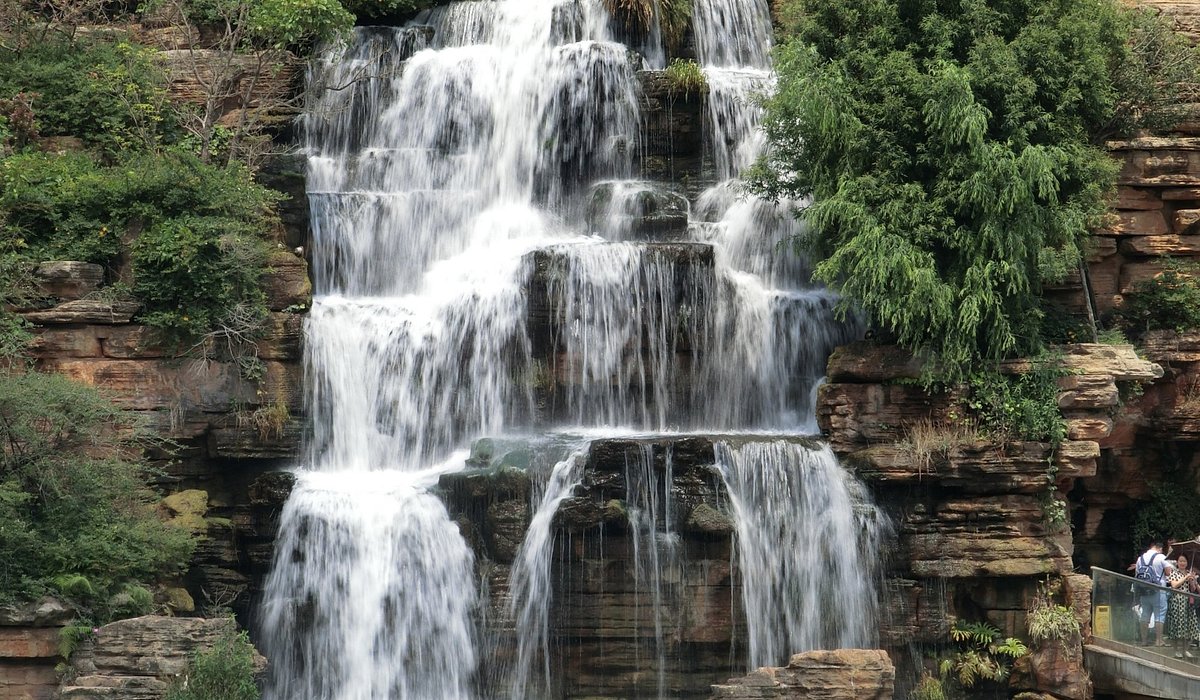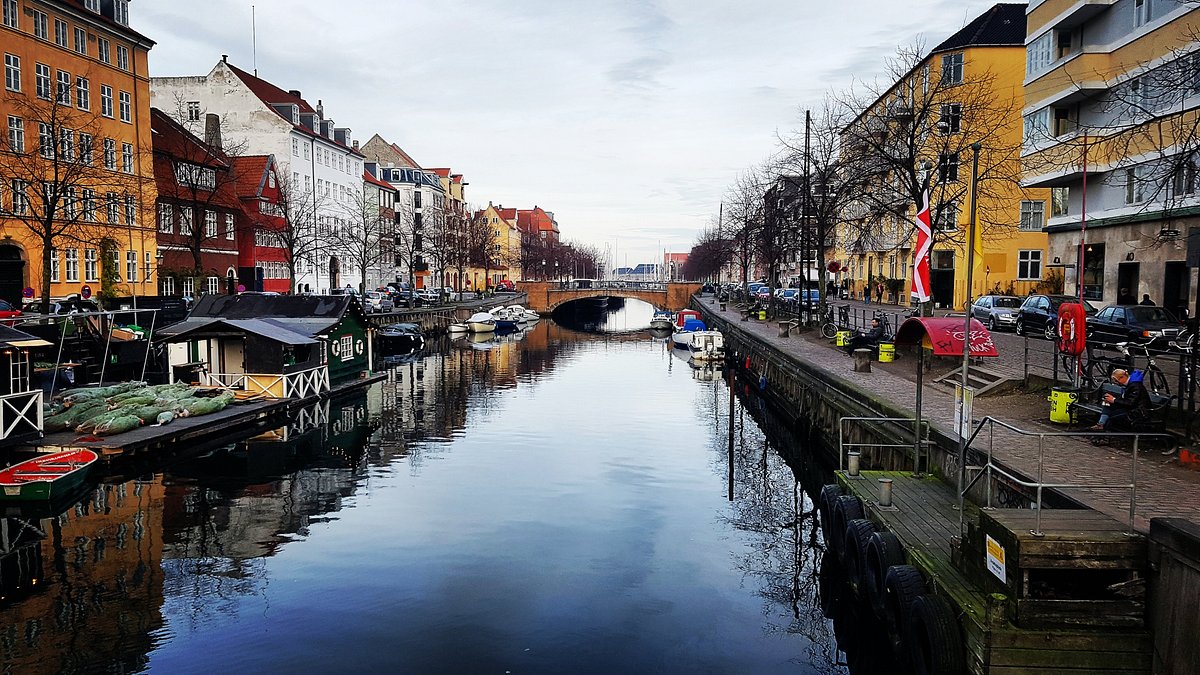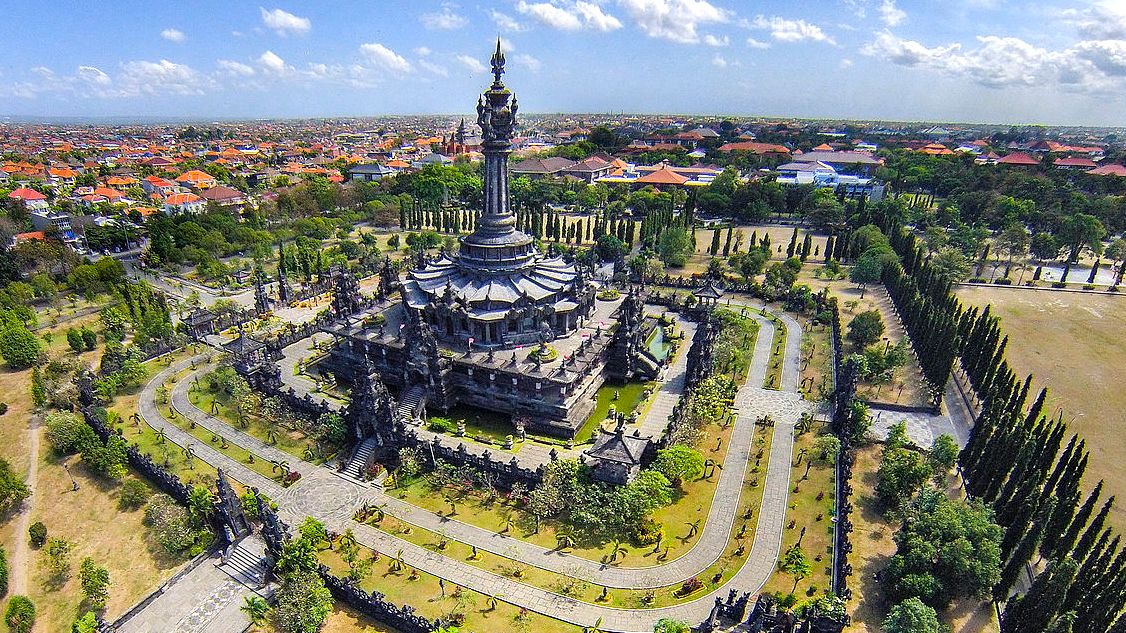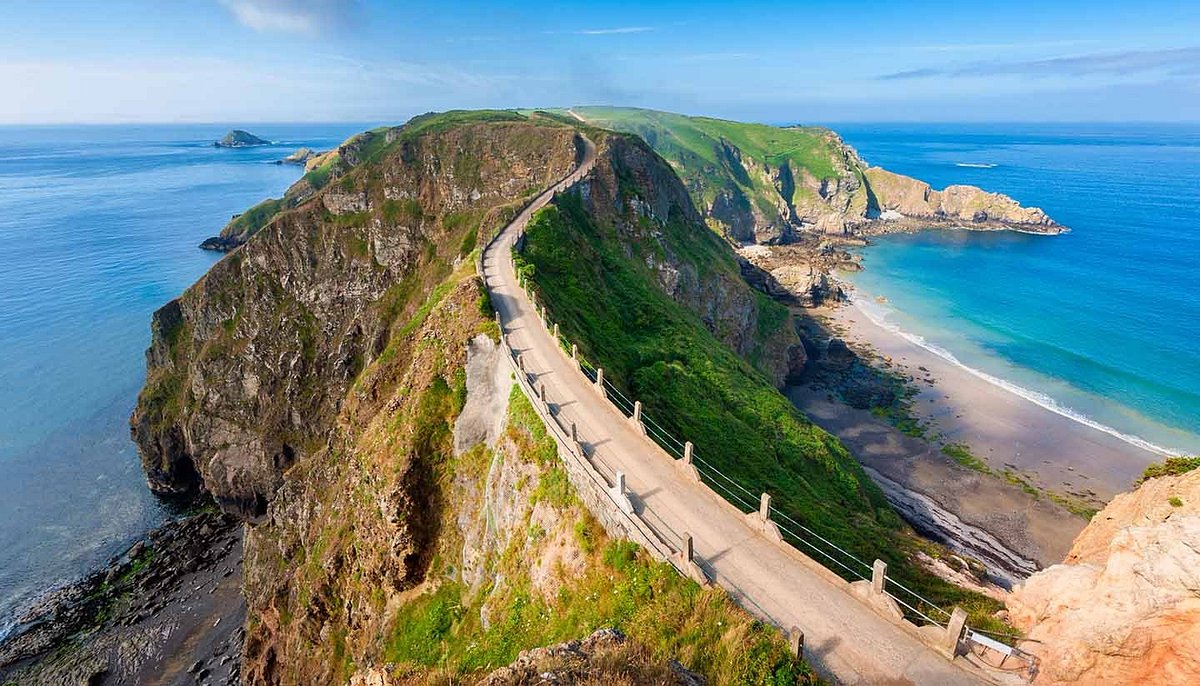New York State now offers a continuous 750‑mile corridor linking New York City all the way to the Canadian border at Rouses Point. The route is called the Empire State Trail, officially opened in December 2020, and it runs alongside the Hudson Valley, the Erie Canalway, and the Champlain Valley.
A Journey Through Three Connected Routes
The Empire State Trail is comprised of three main segments:
- Hudson River Greenway—starting in Battery Park in Manhattan, following the Hudson River north.
- Erie Canalway Trail—travelling east–west from Albany toward Buffalo, largely flat and scenic.
- Champlain Valley Trail—heading north from Albany to the border at Lake Champlain .
Together they make New York’s trail the longest state-run multi-use route in the U.S. The trail supports hiking, cycling, cross‑country skiing, snowshoeing—and in some areas snowmobiling during winter.
Planning Your Trip: Maps, Season, and GPX Files
In 2025 the official Empire State Trail website offers downloadable GPX and KMZ files for each leg of the route, updated for accuracy and user planning . A trail‑closures page highlights detours—some ongoing construction projects extend into August 2025, so users should check for recent updates before departure.
The trail is open throughout the year. The region north of Albany—especially across Champlain Valley—experiences snow in winter, so while cross‑country skiing and snow‑shoeing are possible, cycling may require careful timing or alternate arrangements .
Highlights Along the Way
- Urban Start and Rural Scenery: begin amid Manhattan skyscrapers, then ride alongside Hudson Valley farmland and small towns before reaching the canal corridor and the northern reaches of the Adirondacks.
- Flat Canal Sections: the Erie Canalway leg covers around 360 miles, and is largely flat—approximately 60% paved and 87% car‑free, making it ideal for relaxed riding .
- Trail Connections: links to the Appalachian Trail, Adirondack and Catskill Parks, Great Lakes Seaway Trail, Genesee Valley Greenway, and others enhance access for hikes or side trips.
Who Made It Happen: Andrew Cuomo’s Vision
The trail originated as a vision of Governor Andrew M. Cuomo, who launched the project in January 2017. It involved more than 40 construction projects to fill gaps in existing trail infrastructure. Cuomo announced the trail’s official completion on December 30, 2020 .
Cuomo is currently 67 years old (born December 6, 1957) and comes from a prominent political family: his father Mario Cuomo served as New York governor, and his siblings include journalist Chris Cuomo. He married Kerry Kennedy (daughter of Robert F. Kennedy) in 1990 and they had three daughters—twins Cara and Mariah (born 1995) and Michaela (born 1997)—before divorcing in 2005. As of mid‑2025 his estimated net worth is about $10 million, up roughly five‑fold over the past decade.
What Facilities and Services Await
A network of towns along the trail offers lodging, cafés, bike shops, campgrounds, and local attractions. Many Erie Canal towns participate in tourism initiatives tied to the trail . Modern GPX route files also include nearby services such as rest stops and historic sites.
Especially popular are brewery‑passport programs, where riders can collect stamps at nearly 200 breweries located within 10 miles of the route.
Sample Multi‑Day Trip Itineraries
A common plan is to start in Manhattan and ride north past White Plains, Kingston, and Albany, possibly using Metro‑North or Amtrak for resupply points or to break up the journey . For those wanting to experience a second section instead, the Erie Canalway leg offers smoother terrain and predictable service towns.
GPX files for spring and summer 2025 are optimized for navigation, and trip‑planning recommendations encourage users to pair paved sections with quieter rural roads.
Economic and Community Impact
Since opening, the trail has helped revive small town economies, especially canal communities. It has boosted local businesses, supported tourism, and encouraged outdoor recreation among families and older adults alike.
Gov. Cuomo promoted the trail as a legacy of civic engagement, recreation and healthy lifestyle. The economic benefits include visitor spending and increased activity in rail‑trail towns, aligning with his broader regional revitalization efforts. The project’s cohesion across three segments has made New York’s trail a model for other states looking to expand multi‑use networks.
Essential Tips for Users
- Download or print the 2025 GPX/KMZ route files and check for trail‑closure updates before departure.
- Plan lodging in advance, especially in remote northern counties where services are sparse.
- Balance trail and road segments: signage varies by county, so portable navigation tools help avoid getting lost.
- Choose travel season wisely: while Albany and south remain mild most seasons, Champlain Valley sections can snow‑cover, limiting biking in winter.
- Mix transportation: Metro‑North and Amtrak provide easy staging options or shortcuts if time is limited .
Final Snapshot
From a bold proposal in 2017 to a fully operational 750‑mile corridor by the end of 2020, the Empire State Trail offers unforgettable opportunities to walk or bike from Downtown Manhattan to Canada. It embodies year‑round accessibility, community linkage, recreation and tourism. Andrew Cuomo’s initiative continues to influence New York’s outdoor infrastructure, while his personal background—age 67, Kennedy‑married, three daughters, net worth around $10 million—binds the trail into the broader story of state leadership and family legacy .
Those seeking scenic rural rides, family‑friendly itineraries or a unique cross‑border adventure now have a well‑supported, mapped, and evolving pathway stretching from skyline to lakeshore—and beyond.
:max_bytes(150000):strip_icc()/point-byron-and-camillus-new-york-empire-state-trail-EMPIRE0121-c02755807d1d4073837e495092fc889d.jpg)







